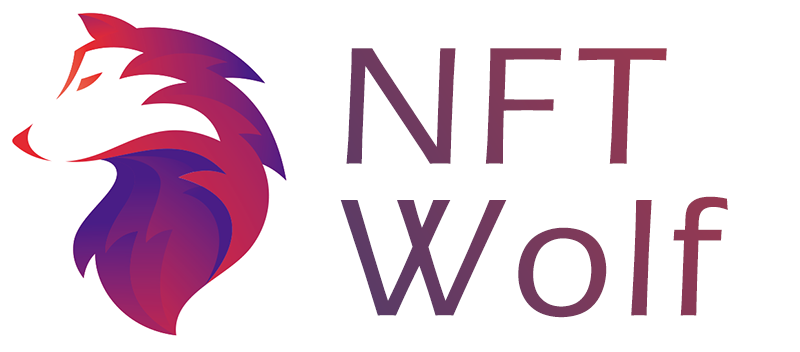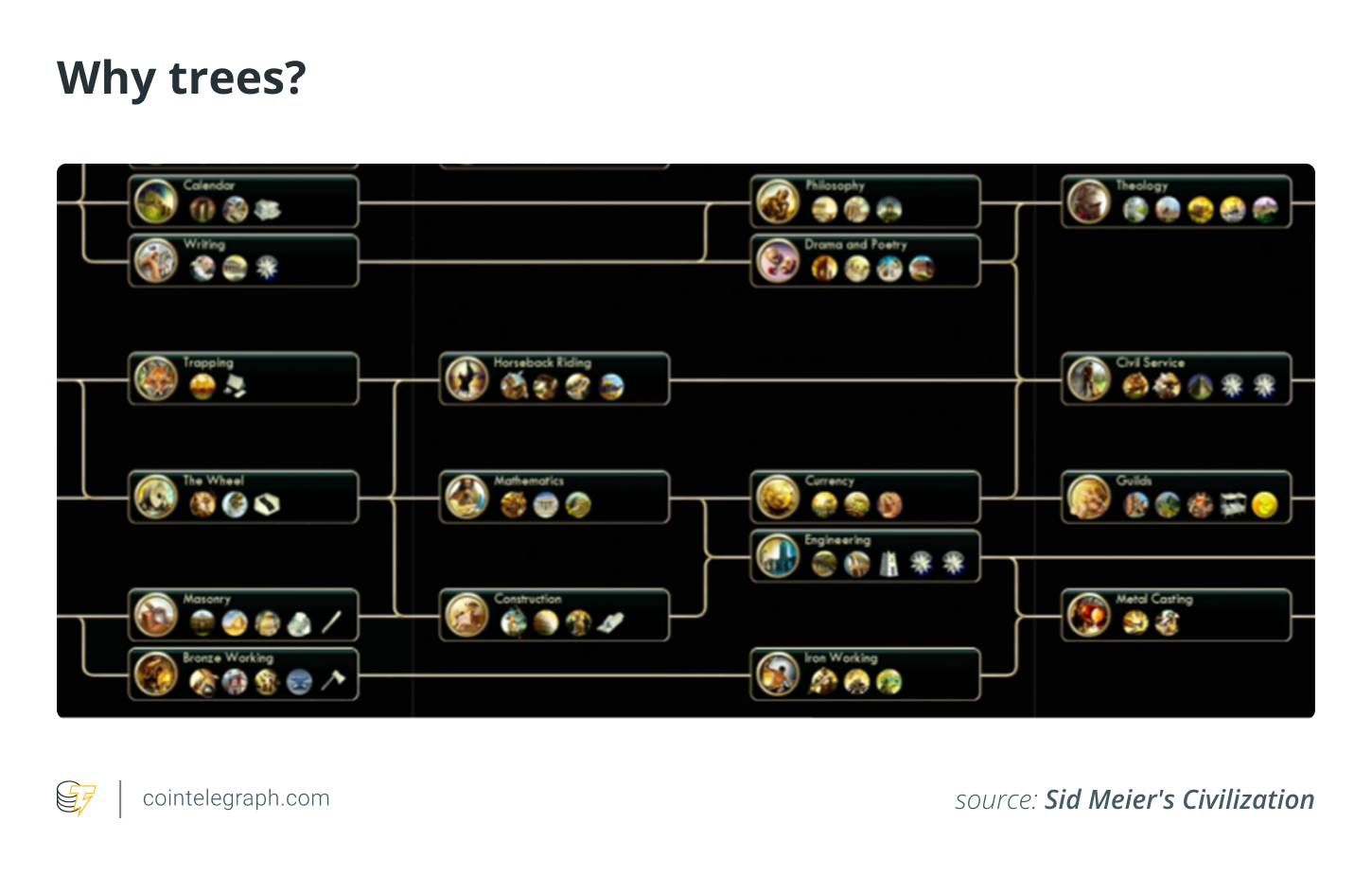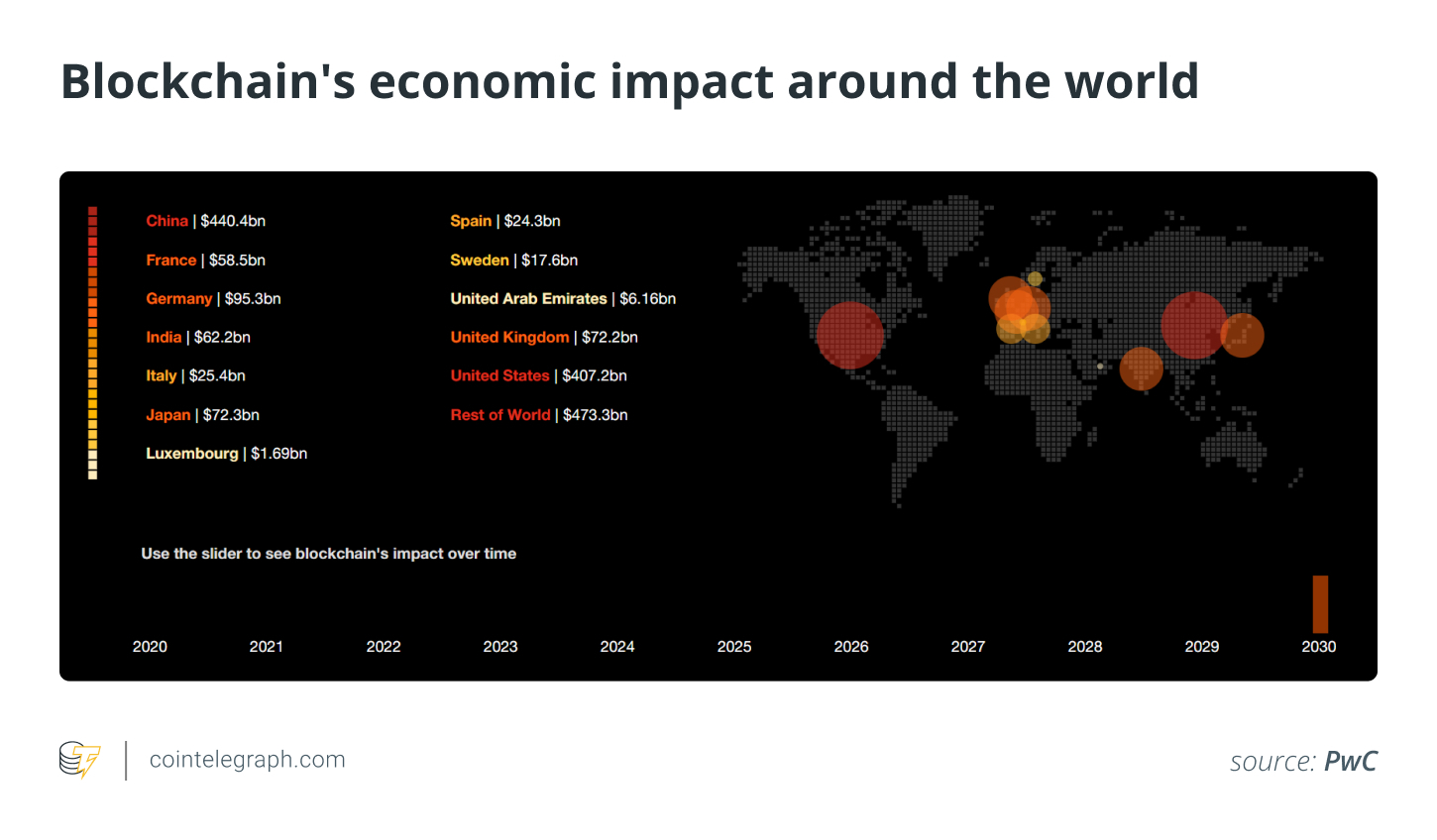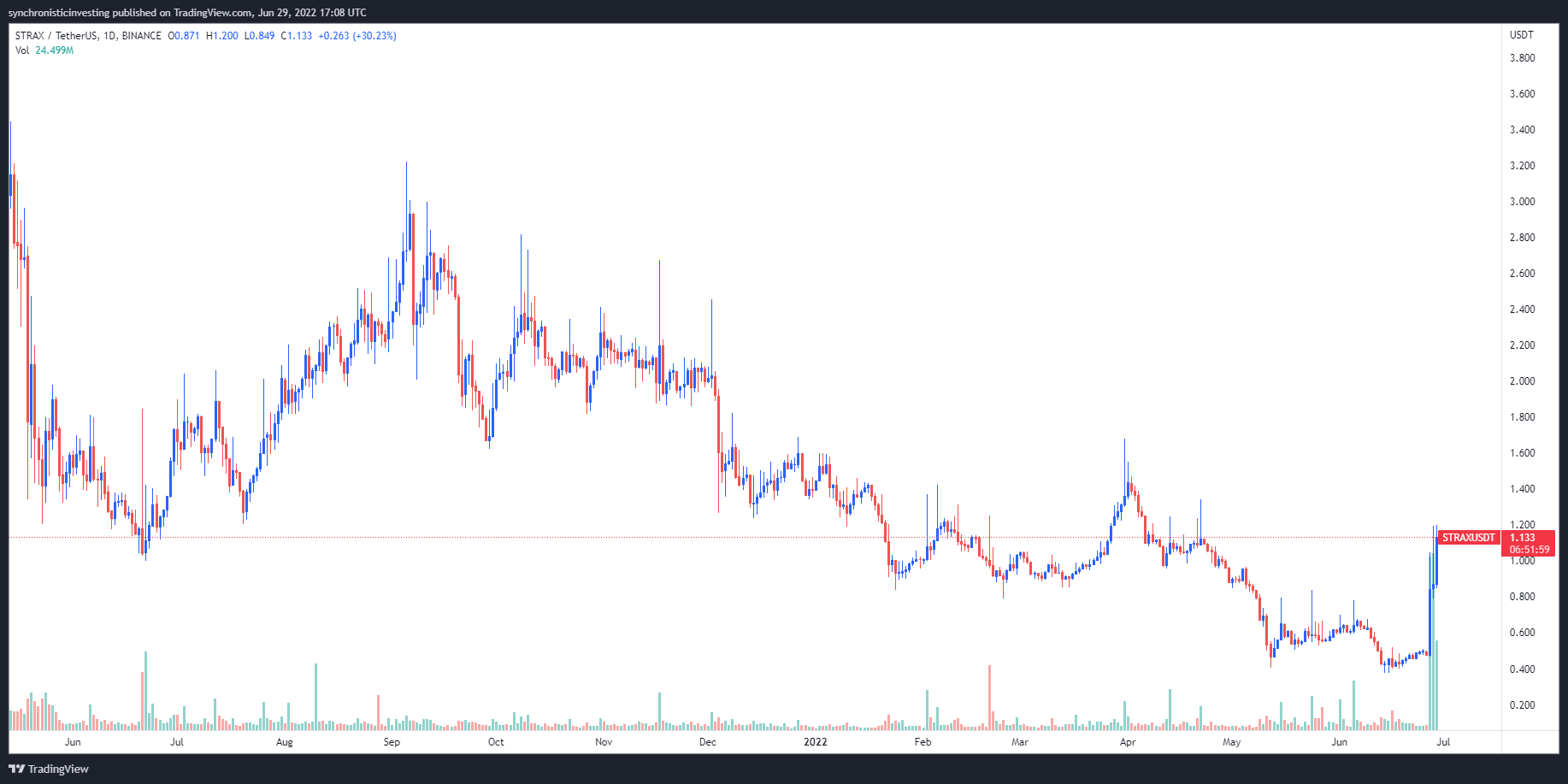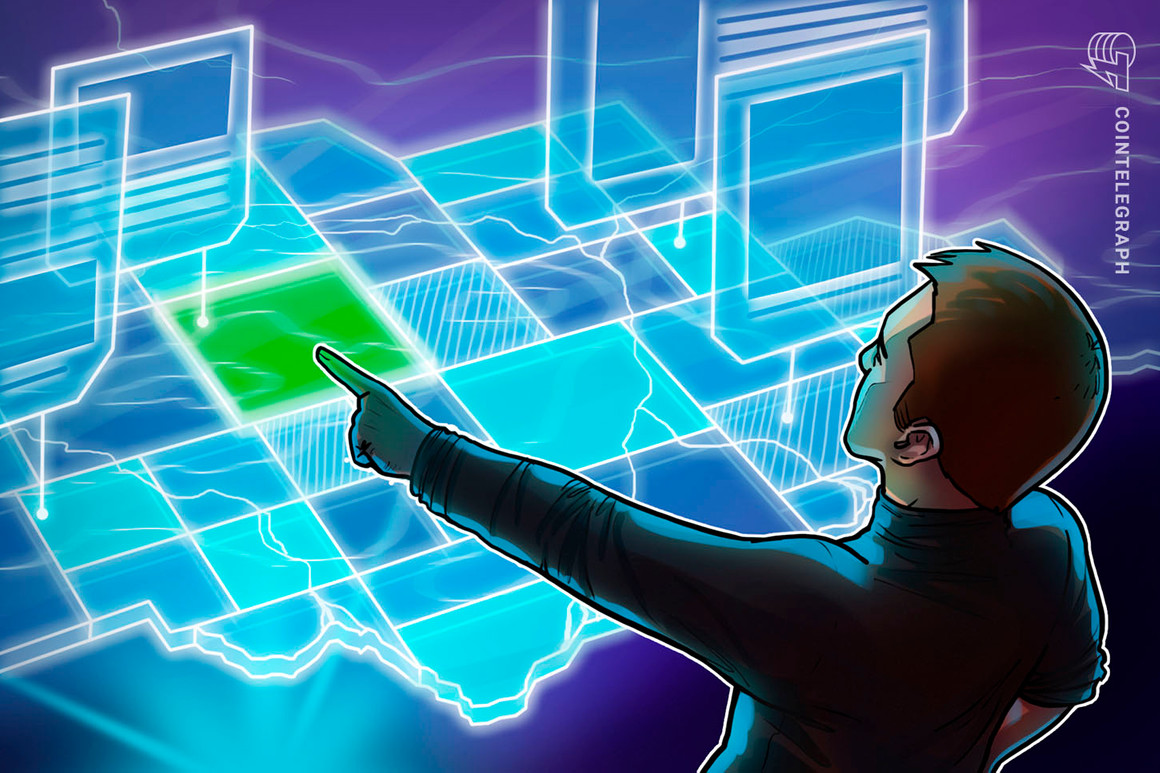Chainalysis, a blockchain analytics company, has created a new tool that tracks transactions across multiple blockchains and Decentralized Finance protocols.
Chainalysis released a beta edition of its Storyline software software on May 18. Storyline is a Web3-native, blockchain analysis tool that tracks and visualizes smart contract transactions. It focuses on DeFi platforms and nonfungible tokens (NFTs). This aligns with the increasing popularity, prevalence of NFTs (NFTs) and DeFi in cryptocurrency space over past year.
Chainalysis offers annual reports and analysis on blockchain trends, as well as analyses of cryptocurrency crime and other analytics. Chainalysis estimates that DeFi and NFTs account for over half of all global cryptocurrency transactions.
This evolution has had a negative side effect: there are more cryptocurrency-based crimes that make use of industry-changing protocols. DeFi protocols processed an increasing number of illicit addresses in 2021. Hackers also started to target these platforms to steal and exploit funds.
Chainalysis estimates that 97% of $1.68 billion worth cryptocurrency stolen in 2022 was stolen by DeFi protocols. According to the firm, a large percentage of DeFi hacks were conducted last year by North Korean hacking organizations.
Similar: Chainalysis Announces $170M Funding Round, Platform now valued at $8.6 Billion
Investigators and cryptocurrency exchanges face a challenge in tracking illegal transactions using DeFi protocols. These platforms are complex because automated smart contracts create complex transactions across multiple blockchains.
DeFi protocols have the key function of allowing users to “chain-hop”, which allows them to move or exchange cryptocurrencies in one transaction. There are many moving parts involved in purchasing NFTs. These include smart contracts from different markets.
Storyline allows users to create their own story of a transaction path starting with a transaction haveh. You can then build a timeline with notable transactions or interactions of tokens.
The software can automatically interpret smart contracts and label common transaction types such as NFT acquisitions or token swaps. You can add transactions to related addresses and addresses to different blockchains. This can be used to monitor specific addresses, tokens, and transactions.
